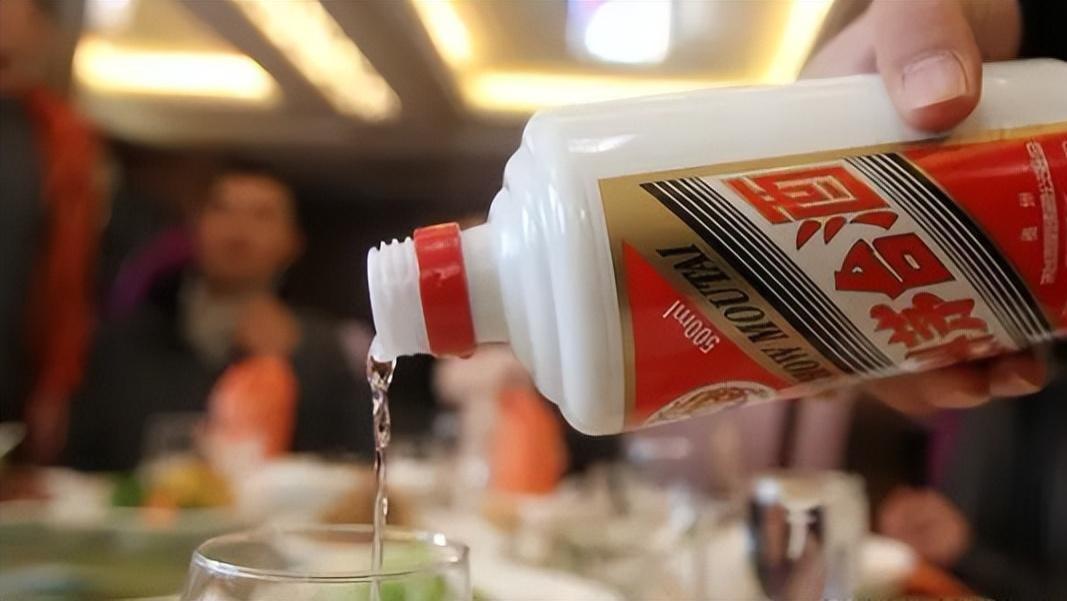aliang|aliang study opengles(1.2)_GLSurfaceView
GLSurfaceView
еүҚиЁҖ:дёҠзҜҮ1.1и®Іи§ЈдәҶopenglesз”»дёүи§’еҪўзҡ„openglesеҮҶеӨҮе·ҘдҪңпјҢдёүи§’еҪўеҮҶеӨҮеҘҪд»ҘеҗҺпјҢйңҖиҰҒдёҖдёӘе®№еҷЁеҺ»жҳҫзӨәе®ғпјҢиҝҷзҜҮе°ұзҗҶи§ЈдёҖдёӢGLSurfaceViewдёҖ.GLSurfaceView GLSurfaceViewзҡ„дҪҝз”ЁиҝҮзЁӢе°ұеғҸжҳҜе»әйҖ жҲҝеӯҗзҡ„иҝҮзЁӢ.
- GLSurfaceViewе°ұеғҸжҳҜеҪ“еүҚе»әеұӢжүҖеӨ„зҡ„ең°зҡ®
- GlSurfaceViewйҮҢзҡ„Rendererе°ұеғҸжҳҜе»әзӯ‘е·ҘдәәпјҢе®ғ们дјҡеҒҡдёү件дәӢжғ…пјҡ
- onSurfaceCreated() дёәе»әжҲҝеӯҗеҒҡеҮҶеӨҮе·ҘдҪң(ж°ҙжіҘпјҢи®ҫеӨҮпјҢжҗӯжһ¶зӯүе°ұзӯүеҗҢдәҺopenglesдёӯеҮҶеӨҮз»ҳеҲ¶зҡ„еӣҫеҪўпјҢеқҗж ҮпјҢйўңиүІзӯүж•°жҚ®)
- onSurfaceChanged APIзҡ„и§ЈйҮҠжҳҜеҪ“surfaceеӨ§е°Ҹж”№еҸҳзҡ„ж—¶еҖҷдјҡеҺ»и§ҰеҸ‘зҡ„пјҢе°ұзӣёеҪ“дәҺжҲҝеӯҗи®ҫи®Ўж–№жЎҲ
- onDrawFrame е°ұжҳҜе…·дҪ“е®һж–ҪйҖ еұӢиҝҮзЁӢдәҶпјҢеңЁAndroid ondrawFrameз»ҳеҲ¶жҜҸдёҖеё§зҡ„ж—¶еҖҷпјҢйғҪдјҡеҺ»и°ғз”ЁиҜҘеҮҪж•°пјҢжүҖд»ҘеңЁе®ғйҮҢйқўиҝӣиЎҢдёҚиҰҒеҺ»з”іиҜ·еҶ…еӯҳ
public class MyTDView extends GLSurfaceView
{
final float ANGLE_SPAN = 0.375f;
RotateThread rthread;
SceneRenderer mRenderer;
public MyTDView(Context context)
{
super(context);
this.setEGLContextClientVersion(2);
mRenderer=new SceneRenderer();
this.setRenderer(mRenderer);
this.setRenderMode(GLSurfaceView.RENDERMODE_CONTINUOUSLY);
}
private class SceneRenderer implements GLSurfaceView.Renderer
{
Triangle tle;
public void onDrawFrame(GL10 gl)
{
//жё…йҷӨж·ұеәҰзј“еҶІдёҺйўңиүІзј“еҶІ
GLES20.glClear( GLES20.GL_DEPTH_BUFFER_BIT | GLES20.GL_COLOR_BUFFER_BIT);
//з»ҳеҲ¶дёүи§’еҪўеҜ№
tle.drawSelf();
}
public void onSurfaceChanged(GL10 gl, int width, int height)
{//и®ҫзҪ®и§ҶзӘ—еӨ§е°ҸеҸҠдҪҚзҪ®
GLES20.glViewport(0, 0, width, height);
//и®Ўз®—GLSurfaceViewзҡ„е®Ҫй«ҳжҜ”
float ratio = (float) width / height;
//и°ғз”ЁжӯӨж–№жі•и®Ўз®—дә§з”ҹйҖҸи§ҶжҠ•еҪұзҹ©йҳө
Matrix.frustumM(Triangle.mProjMatrix, 0, -ratio, ratio, -1, 1, 1, 10);
//и°ғз”ЁжӯӨж–№жі•дә§з”ҹж‘„еғҸжңә9еҸӮж•°дҪҚзҪ®зҹ©йҳө
Matrix.setLookAtM(Triangle.mVMatrix, 0, 0,0,3,0f,0f,0f,0f,1.0f,0.0f);
}
public void onSurfaceCreated(GL10 gl, EGLConfig config)
{
//и®ҫзҪ®еұҸ幕иғҢжҷҜиүІRGBA
GLES20.glClearColor(0,0,0,1.0f);
//еҲӣе»әдёүи§’еҪўеҜ№еҜ№иұЎ
tle=new Triangle(MyTDView.this);
//жү“ејҖж·ұеәҰжЈҖжөӢ
GLES20.glEnable(GLES20.GL_DEPTH_TEST);
rthread=new RotateThread();
rthread.start();
}
}
public class RotateThread extends Thread
{
public boolean flag=true;
@Override
public void run()
{
while(flag)
{
mRenderer.tle.xAngle=mRenderer.tle.xAngle+ANGLE_SPAN;
try
{
Thread.sleep(20);
}
catch(Exception e)
{
e.printStackTrace();
}
}
}
}
}
е…ій”®д»Јз ҒиҝӣиЎҢиҜҙжҳҺ:
GLES20.glViewport(0, 0, width, height);
float ratio = (float) width / height;
Matrix.frustumM(Triangle.mProjMatrix, 0, -ratio, ratio, -1, 1, 1, 10);
Matrix.setLookAtM(Triangle.mVMatrix, 0, 0,0,3,0f,0f,0f,0f,1.0f,0.0f);
иҝҷеҮ иЎҢд»Јз Ғе°ұжһ„жҲҗдәҶдёҖдёӘд»ҺдәәзңјзңӢзү©дҪ“зҡ„еңәжҷҜпјҢе…¶дёӯfrustumMжҳҜйҖҸи§ҶжҠ•еҪұзҹ©йҳөпјҢеҗҺз»ӯдјҡе°ҶеҲ°
setLookAtMе°ұжҳҜзңјзқӣзҡ„дҪҚзҪ®еҗҺз»ӯдјҡе°ҶеҲ°
еҲ°иҝҷйҮҢз»ҳеҲ¶дёүи§’еҪўзҡ„е…ій”®зӮ№йғҪд»Ӣз»Қе®ҢдәҶпјҢдёӢйқўзӣҙжҺҘе°Ҷеү©дҪҷд»Јз ҒиҙҙеҮәжқҘеҚіеҸҜ
дёү.еү©дҪҷAndroidд»Јз Ғ
public class Sample3_1Activity extends Activity
{
MyTDView mview;
@Override
public void onCreate(Bundle savedInstanceState)
{
super.onCreate(savedInstanceState);
//и®ҫзҪ®дёәз«–еұҸжЁЎејҸ
setRequestedOrientation(ActivityInfo.SCREEN_ORIENTATION_PORTRAIT);
mview=new MyTDView(this);
mview.requestFocus();
mview.setFocusableInTouchMode(true);
setContentView(mview);
}@Override
public void onResume()
{
super.onResume();
mview.onResume();
}@Override
public void onPause()
{
super.onPause();
mview.onPause();
}
}иҝҷйҮҢиҰҒжіЁж„ҸзӮ№е°ұжҳҜ:еңЁActivityзҡ„onResume()е’ҢonPauseиҰҒе°ҶGLSurfaceз»ҷonResumeе’ҢonPause
гҖҗaliang|aliang study opengles(1.2)_GLSurfaceViewгҖ‘иҝҗиЎҢж•Ҳжһңдёә:

ж–Үз« еӣҫзүҮ
screenshot.png
жҺЁиҚҗйҳ…иҜ»
- 2018е№ҙ|2018е№ҙ Bible study 01/02/2018
- FFmpeg|FFmpeg ејҖеҸ‘(07)пјҲFFmpeg + OpenGLES е®һзҺ° 3D е…ЁжҷҜж’ӯж”ҫеҷЁпјү
- гҖҗз ”з»Ҹж—ҘиҜҫ497еӨ©гҖ‘Study|гҖҗз ”з»Ҹж—ҘиҜҫ497еӨ©гҖ‘Study 7 Judges 7:1-23
- Git|Git Study
- и…ҫи®Ҝдә‘ејҖеҸ‘еӯҰд№ е°Ҹз»“
- android-еҹәзЎҖзҹҘиҜҶпјҲе®һзҺ°з®ҖеҚ•зҡ„жӢЁжү“з”өиҜқеҠҹиғҪ_intent_studyпјү
- гҖҗз ”з»Ҹж—ҘиҜҫ98еӨ©гҖ‘и·ҜеҠ зҰҸйҹі|гҖҗз ”з»Ҹж—ҘиҜҫ98еӨ©гҖ‘и·ҜеҠ зҰҸйҹі Study 56 Luke 22:47-62
- е®һжҲҳеәҸеҲ—еҢ–е’ҢеҸҚеәҸеҲ—еҢ–
- жҲ‘з”ЁPython--study
- Study|shell-иҝҗз®—з¬Ұ|жқЎд»¶еҲӨж–ӯ













